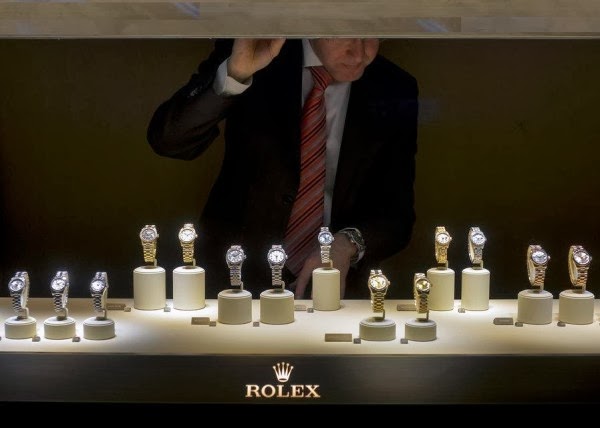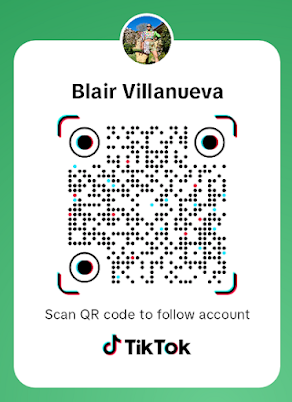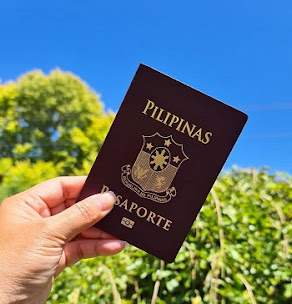Like any other science, horology — the study of timekeeping, clocks, and watches — has its own ultra-specialized vocabulary, which can be intimidating to the uninitiated.
To help newcomers to the watch world, we have provided an explanation of 10 essential terms below.
Picking up this vocabulary may not make you an expert, but it will almost certainly come in handy next time you are looking to purchase a new timepiece.
Aperture
A small opening on the dial providing an additional indication (usually a month, day, or moon phase).
Bezel
This ring-shaped piece surrounds the dial of the watch and joins the case (see below) to the crystal (the cover over the dial). Though generally stationary, some bezels can be rotated by hand, as is the case on diving watches, which are traditionally equipped with rotating bezels with markings to help divers calculate the amount of time needed to return to the surface.
Case
This usually round, box-like component can be considered as the shell of the watch. The case contains the movement, dial, and hands.
Complication
This term refers to a watch’s additional functions outside of its standard ability to show hours and minutes. Chronographs with stop and start functions, moon phase displays, date indicators, and chiming mechanisms are some of the most common complications found on watches.
Chronograph
This complication allows the wearer to measure short stretches of time, for example to time a lap at the race track, using a separate timer. Chronograph functions have become especially popular on men’s watches over the past century.
Crown
Sometimes also called a winder, this is the small dial that allows the wearer to wind the movement and set the time.
Dial
Also called the face, this is the disk where the time, date, and any other additional indications are displayed.
Lugs
These are the small projections on the case used to attach the strap or bracelet.
Movement
This is the complex ensemble of parts that make the watch run, a little like the engine in a car. There are three main types: battery-powered quartz movements, self-winding mechanical movements, or hand-wound mechanical movements.
Second time-zone indicator
Among the easier terms to decipher, this complication indicates the time in a second-time zone thanks to an additional hand or a separate dial.



























Post a Comment